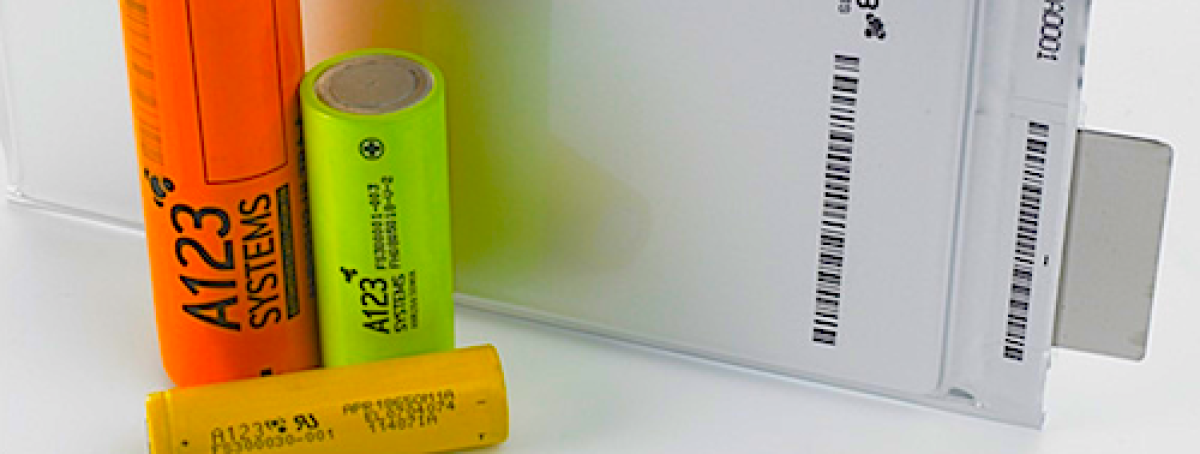Wanxiang, one of China's largest auto parts company has just pumped $450 million into A123 Systems to keep the company afloat. In exchange, Wanxiang will receive 80% control of the company and let A123 continue its operations. Company executives added it would give A123 a direct entry into the budding Chinese market with Wanxiang’s electric car subsidiary.
A123 Systems Quality. Something went wrong and it wasn’t always this way. Electric dragster motorcyclist KillaCycle said a year ago he was racing on A123 System original cells. Although he might have gone through many rewiring of electric motors, rebuilding clutches and finding better and improved controllers, something Bill Dube apparently never had to do was to change the original battery cells.
Mavizen also put together the Drayson B12/69 EV battery pack made from A123Systems cells. See our interview with Paul Drayson: What It Takes To Race An Electric Endurance Car. All of those are a testament to the quality of A123, so what went wrong?
A123 High-Profile Problems. The past two years were not tender with A123 Systems. Everything culminated with the replacement of its Livonia, Michigan faulty batteries in the Karma Fisker, its biggest client. A123 replaced the batteries but at a staggering cost of $55 million. Another thorny issue is that A123 is also due to provide batteries for the electric version of GM’s Chevrolet Spark EV. Add to this, the company’s $249 million grant from the U.S. Department of Energy in a despicably low brow level election year and you can see the political mess. Right on queue, Wanxiang’s takeover was blocked by a politician against the Chinese acquisition of U.S. companies backed by federal grants. Maybe it would be better to let them fail, who knows?
GM is also eager to distance itself from A123. Still trying to buff its bruised image, the car manufacturer is playing cozy with Envia who took the press world by storm this year showing a serious energy dense battery at an affordable price. GM's CEO Dan Akerson is hinting at building a 200-mile affordable electric car within the next 2 to 4 years, according to David Herron’s article.
http://www.torquenews.com/1075/gms-akerson-promises-200-mile-range-electric-car-few-years
What The Future Holds. As to the question what does the future hold, the answer should be simple. If history is to teach us anything, only a handful of independent battery makers will continue their march forward, carmakers will develop their own in-house systems and those who cannot afford that will probably buyout the rest.
It’s always sad to see one of the earlier pioneers missing a step or two and then get caught up in a sea of bad press. Certainly A123 Systems has made mistakes but in this uncharted territory of mass-produced lithium batteries, the business model isn’t clear and must be reinvented constantly. We can only hope Wanxiang $450 million flow into A123’s budget will allow it to return to quality cells and produce that much expected next-generation Nanophosphate EXT™ lithium ion battery technology.





